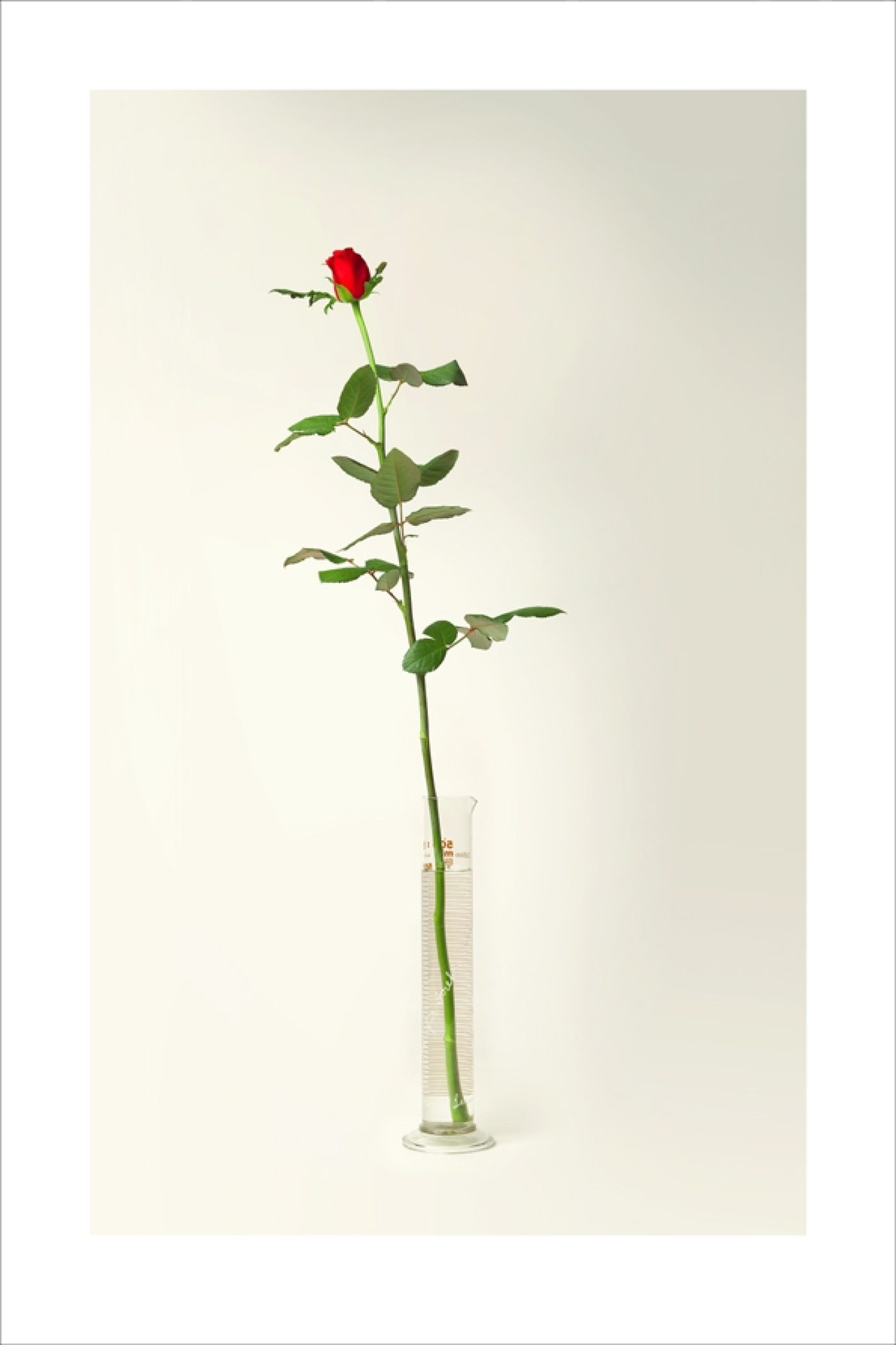Marco Fusinato
THE APPROACHING OF THE DISCO VOID — REPEATED AND OTHER WORKS
29th November – 22nd December 2006
Anna Schwartz Gallery
1. Experimental folk/blues guitarist John Fahey was the first international musician to record in Tasmania while he toured there in 1980. His record company agreed to a live recording to offset touring costs for the local promoter. Alongside variations on Waltzing Matilda, Fahey’s set and the subsequent recording, feature an outlandish version of The Approaching of the Disco Void, a sad — at times angry — elegy for folk and feeling in the age of electronic music and increasing regulation. The track includes a prolonged interlude for improvisation, where Fahey approaches a precipice of sorts, teetering on the edge of comprehension and legibility, before returning to the order and safety of prescribed notation.
Marco Fusinato paid a professional session musician to perversely attempt two identical recordings of Fahey’s track, based on the published notation and a recording by Fahey. He has then synchronised the two channels, effectively doubling the track. Can you play the same thing twice in exactly the same way? Evidently not, even if you try, and of course, as a master of improv, Fahey purposely didn’t. Although the two versions do resemble each other, we can clearly see and hear the difference.
But another, stranger thing occurs in doubling the track. While Fusinato may have set out to render the unavoidable difference, he has also captured the amplitude, the exuberance, the excess in relation to notation which characterises improvisation or the freed will in playing music; the gap between notes, the varying playing speeds, the different positions and pressure of fingers in the same chord, the note not played, played less: these establish a complex harmonic between the versions, a ghostly intertext, which is the precise measure of improvisation, i.e. a recording of the deviation from some norm which perhaps never existed, like some platonic ideal….vapour derived from ether.
These variations could be extrapolated to the unseen influences acting upon any performance. There is a long list of such things in Fahey’s career to make him the perfect example; booze, depression, vagrancy. Whatever we seek in the artist’s decision to play (or paint) in this or that way, on this or that night, could be curiously measured in Fusinato’s dramatically staged repetition. But the results are not altogether critical (since the new track is strangely haunting, even more beautiful) though inconsistent with Fahey’s supposed radical genius, which one presumes to have been filtered out during the programmatic re-recording. Really, what bears repeating? Which epochal ideas can withstand the repetition.……?
2. A Beuys’ multiple, that single red rose in a gradated glass beaker (Rose for Direct Democracy from 1973), used by Beuys in his public lectures, which Fusinato has had alluringly shot in the studio by a commercial photographer a dozen times to test its resilience to cloying sentiment and romance around Beuys’ avant-garde zeal? Or…
3. The Group of Six banners protesting dictatorship in 70s Zagreb, THIS IS NOT MY WORLD, redesigned by different graphic designers; this, the first in a series designed by a graphic artist for avant black-metal band sunn o)))?
In each of these three revised contemporary versions of historical proposals for social change, Fusinato seeks the germinal remains as once upon a time proposed, and as may or may not have percolated through contemporary and often local phenomena; and has drawn them into his elaborate process which includes cover versions, recording processes, nu music, graphic design, advertising and photography. As he’s said before “it’s about taking a position [on these things] and questioning”. Do they bear repeating? An answer might lie in these remote vestiges.
Stuart Koop 2006
Images
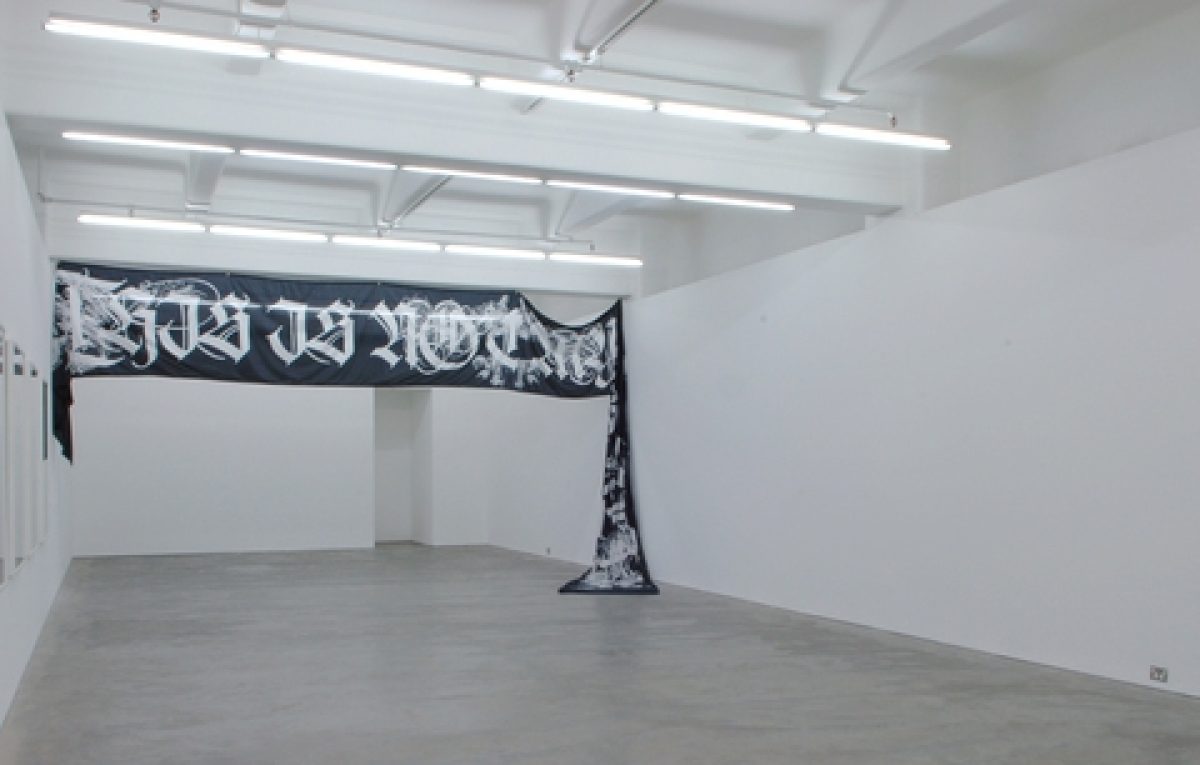
Marco Fusinato
THIS IS NOT MY WORLD (design: Seldon Hunt), 2006
dupont screenprint on trilobal polyester
124 x 1400 cm

Marco Fusinato
The Approaching of The Disco Void Repeated, 2006
synchronised dual-channel digital video, 16:9, colour, sound
3 minutes 55 seconds
Edition of 3

Marco Fusinato
Rose #1 from A Dozen Roses, 2006
digital type‑C photograph on Fuji Crystal Archive paper
133.5 x 88 cm
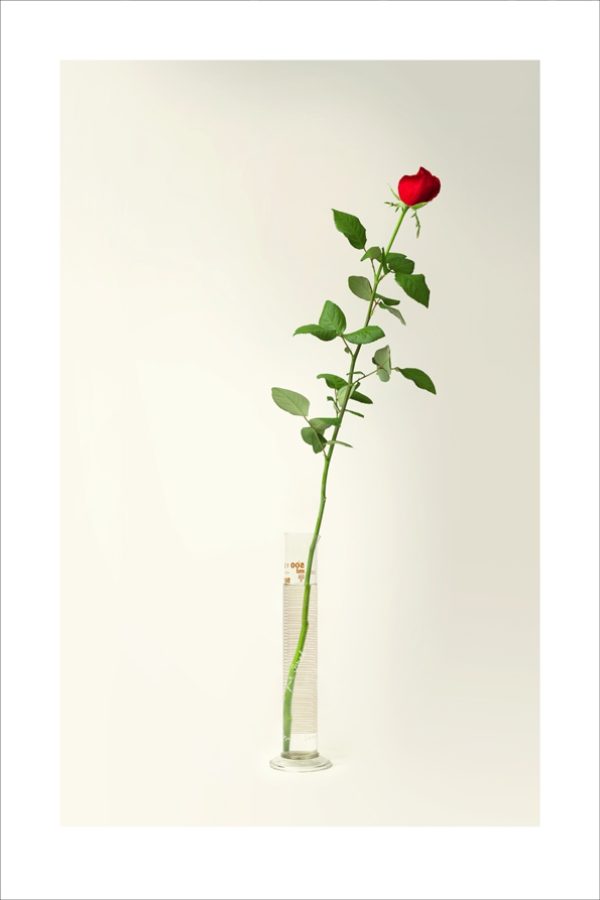
Marco Fusinato
Rose #2 from A Dozen Roses, 2006
digital type‑C photograph on Fuji Crystal Archive paper
133.5 x 88 cm
Edition of 5
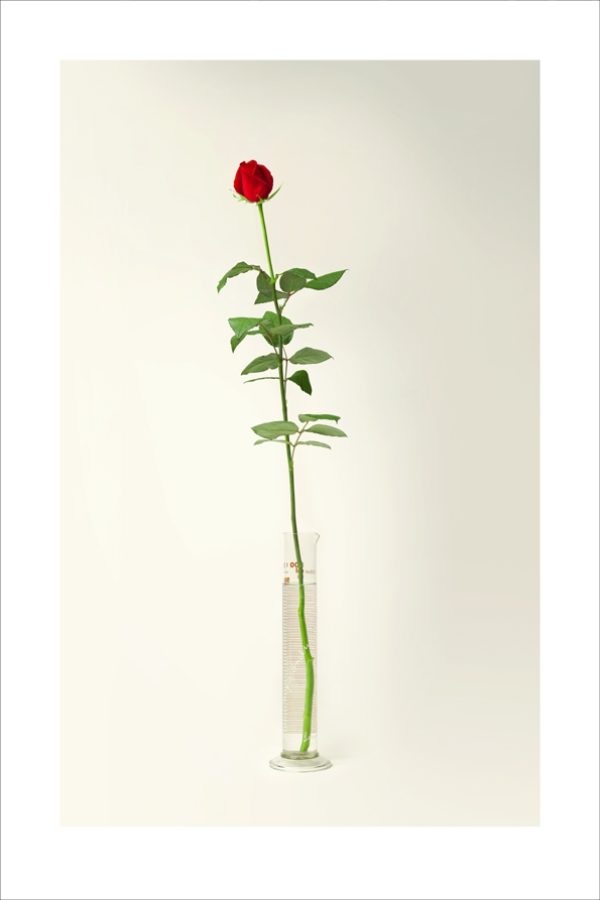
Marco Fusinato
Rose #3 from A Dozen Roses, 2006

Marco Fusinato
Rose #4 from A Dozen Roses, 2006
digital type‑C photograph on Fuji Crystal Archive paper
133.5 x 88 cm
Edition of 5

Marco Fusinato
Rose #5 from A Dozen Roses, 2006
digital type‑C photograph on Fuji Crystal Archive paper
133.5 x 88 cm
Edition of 5

Marco Fusinato
Rose #6 from A Dozen Roses, 2006
digital type‑C photograph on Fuji Crystal Archive paper
133.5 x 88 cm
Edition of 5
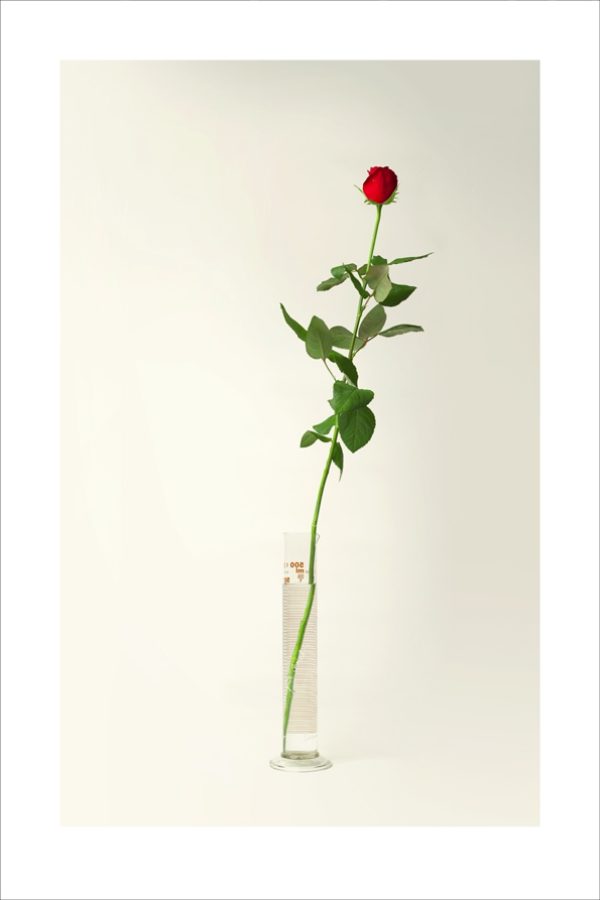
Marco Fusinato
Rose #7 from A Dozen Roses, 2006
digital type‑C photograph on Fuji Crystal Archive paper
133.5 x 88 cm
Edition of 5
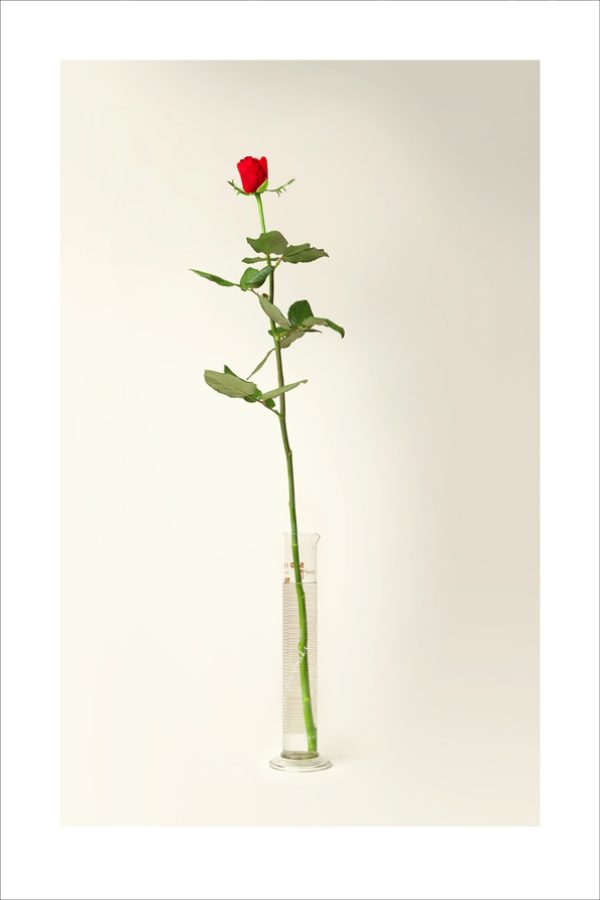
Marco Fusinato
Rose #8 from A Dozen Roses, 2006
digital type‑C photograph on Fuji Crystal Archive paper
133.5 x 88 cm
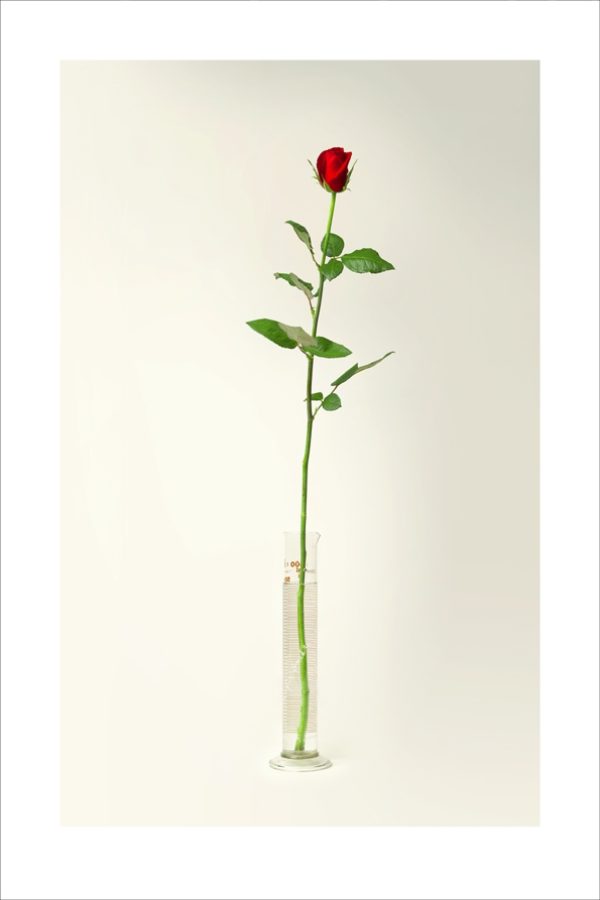
Marco Fusinato
Rose #9 from A Dozen Roses, 2006
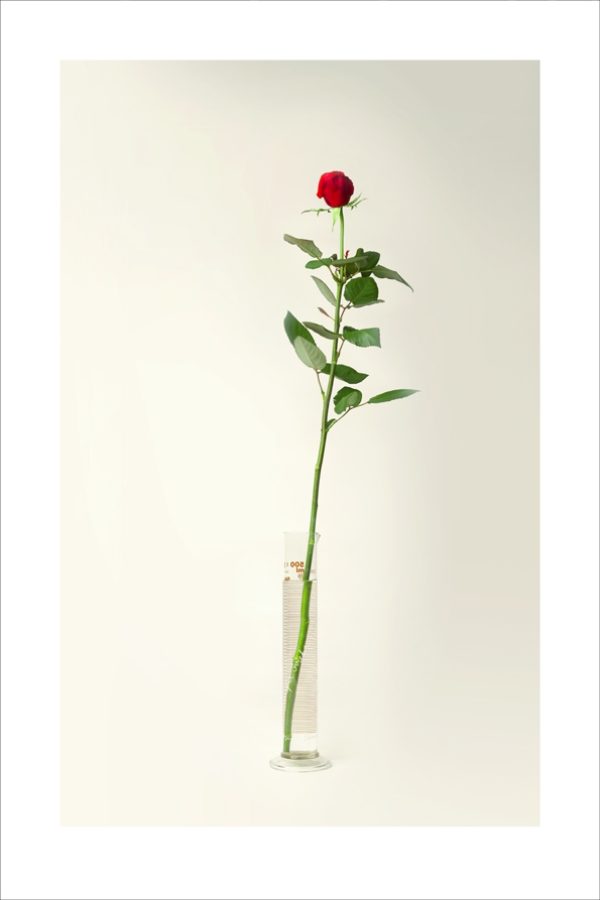
Marco Fusinato
Rose #10 from A Dozen Roses, 2006
digital type‑C photograph on Fuji Crystal Archive paper
133.5 x 88 cm
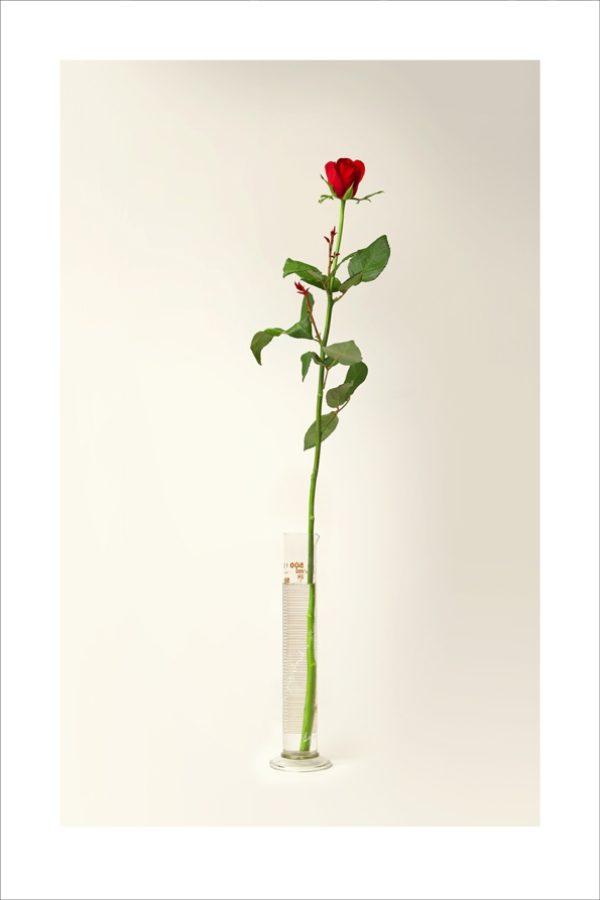
Marco Fusinato
Rose #11 from A Dozen Roses, 2006
digital type‑C photograph on Fuji Crystal Archive paper
133.5 x 88 cm
Edition of 5

Marco Fusinato
Rose #12 from A Dozen Roses, 2006
digital type‑C photograph on Fuji Crystal Archive paper
133.5 x 88 cm
Edition of 5













